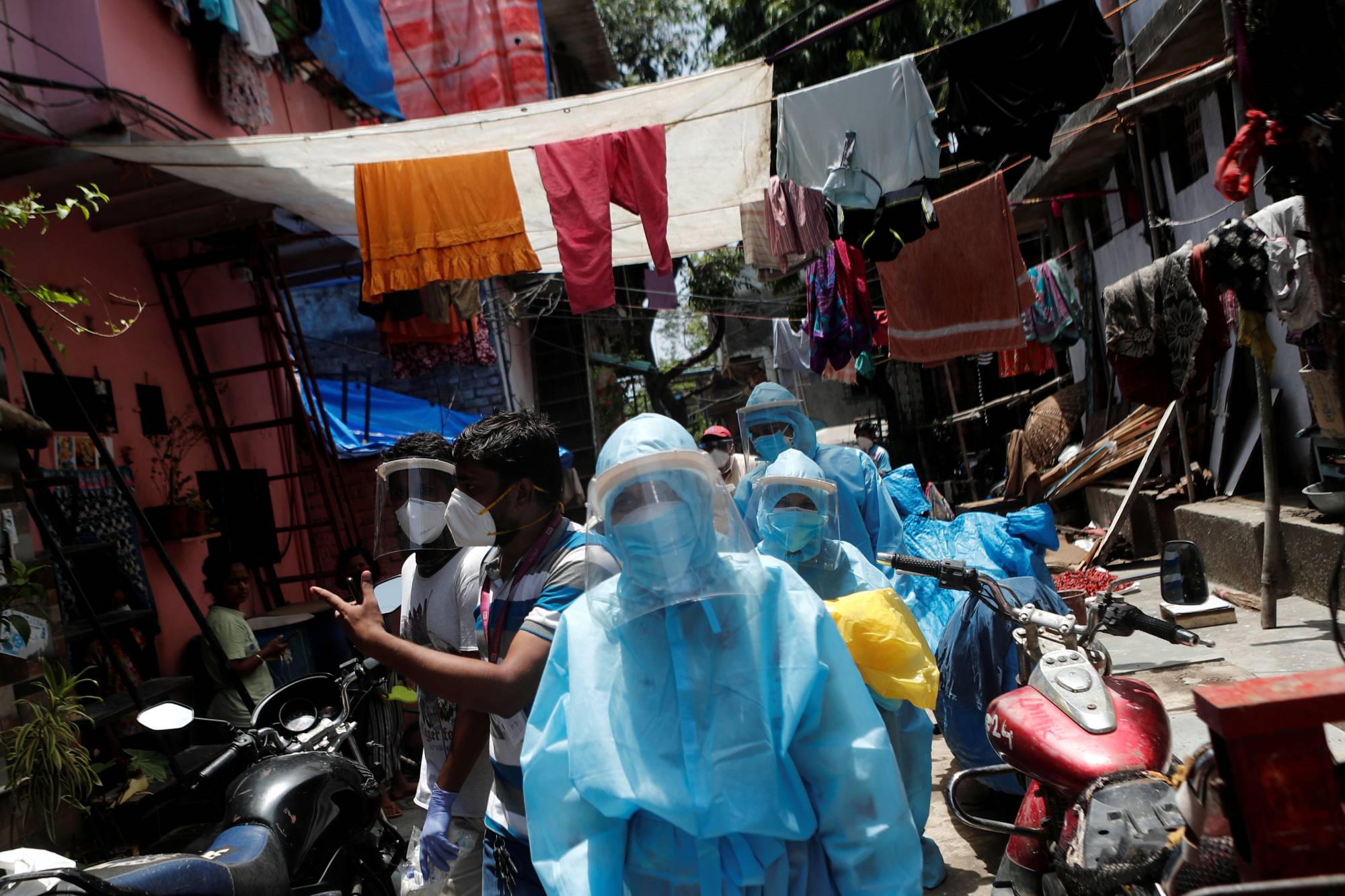India’s Dharavi, Asia’s most crowded slum, has gone from coronavirus hot spot to potential success story, offering a model for developing nations struggling to contain the pandemic.
Authorities have knocked on 47,500 doors since April to measure temperatures and oxygen levels, screened almost 700,000 people in the slum cluster and set up fever clinics. Those showing symptoms were shifted to nearby schools and sports clubs converted into quarantine centers. Fresh daily infections are now down to a third compared with early May, more than half the sick are recovering, and the number of deaths plummeted this month in the tenement where as many as eighty residents share a toilet.
The numbers are in stark contrast to the rest of India, whose daily tally of new infected cases has quadrupled since early May. Located near Mumbai’s financial district, Dharavi’s dogged approach to "chase the virus” could be a template for emerging markets across the world, from the favelas of Brazil to shanty towns in South Africa.

















With your current subscription plan you can comment on stories. However, before writing your first comment, please create a display name in the Profile section of your subscriber account page.